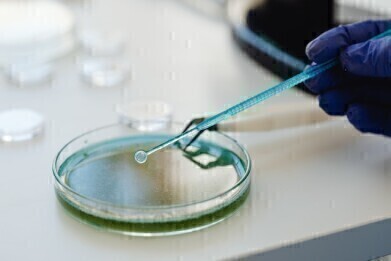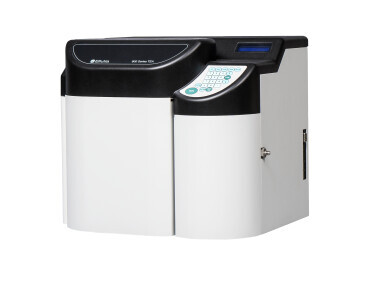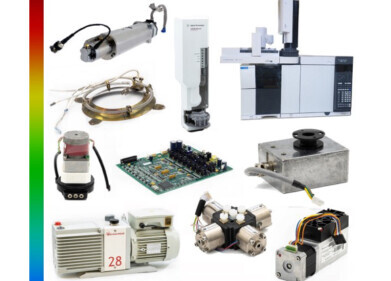Chromatography
What Are the Different Types of Bioprocesses?
Dec 25 2022
Bioprocessing methods are used across a wide range of industries, from food and pharmaceuticals to industrial chemicals and fertilisers. In an information booklet published by global biotech giant Eppendorf, authors Ying Yang and Ma Sha spotlight the three different types of bioprocesses – batch, fed-batch and continuous fermentation. Find out more about each below:
Batch fermentation
This method sees microorganisms placed in a fermenter and cultivated using a fixed volume of nutrient-rich medium. The microorganisms gradually consume the nutrients as they grow, which constantly changes the culture environment. Microbial growth occurs over several key phases. Growth is slow during the initial lag phase, which sees the organism simultaneously multiply and adapt to its new environment.
This is followed by the exponential growth phase, which sees growth increase and become more consistent. Growth then slows down as nutrients become depleted. The process ends with the stationary growth phase. This is when the culture is usually harvested. After being purified, the microorganisms can then be transformed into useful products like medications. Techniques like freeze drying and spray drying are often used to improve API retention and minimise molecular degredation. If growth is allowed to continue, microorganisms enter the death phase, which sees a significant drop in cell density.
Fed-batch fermentation
Fed-batch fermentation is similar to batch fermentation, though nutrients are gradually added to the culture throughout the growth stages. It’s the most common bioprocessing method and maximises biomass accumulation during the exponential growth phase.
“Fed-batch fermentation is very useful for bioprocesses aiming for high biomass density or high product yield when the desired product is positively correlated with microbial growth,” write the authors of the Eppendorf booklet. “Also, because the substrate is not overfed during the process, by-product accumulation is limited.”
Continuous fermentation
This method sees bioprocess engineers continually top up the fermenter with fresh medium, while simultaneously harvesting cells. This replaces depleted nutrients and removes toxic metabolites from the growth environment. Controlling the medium exchange rate allows engineers to stabilise both the culture environment and cellular growth rate. Maintaining a steady state can see cultures continue to grow for days, weeks and even months.
“When addition and removal are at the same rate, the culture volume stays constant. Therefore, in contrast to fed-batch fermentation, the maximum working volume of the vessel does not limit the amount of fresh medium or feed solution which can be added to the culture in the course of the process,” reads the Eppendorf booklet. “Keeping the working volume constant furthermore simplifies culture scale-up based on constant-power-to-volume strategy.”
Want to know more about the science behind bioprocessing? We cover all bases in out complete guide, ‘What is Bioprocessing? Guide to Upstream & Downstream’.
Digital Edition
Lab Asia 31.2 April 2024
April 2024
In This Edition Chromatography Articles - Approaches to troubleshooting an SPE method for the analysis of oligonucleotides (pt i) - High-precision liquid flow processes demand full fluidic c...
View all digital editions
Events
Apr 25 2024 Istanbul, Turkey
Apr 28 2024 Montreal, Quebec, Canada
May 05 2024 Seville, Spain
InformEx Zone at CPhl North America
May 07 2024 Pennsylvania, PA, USA
May 14 2024 Oklahoma City, OK, USA


















